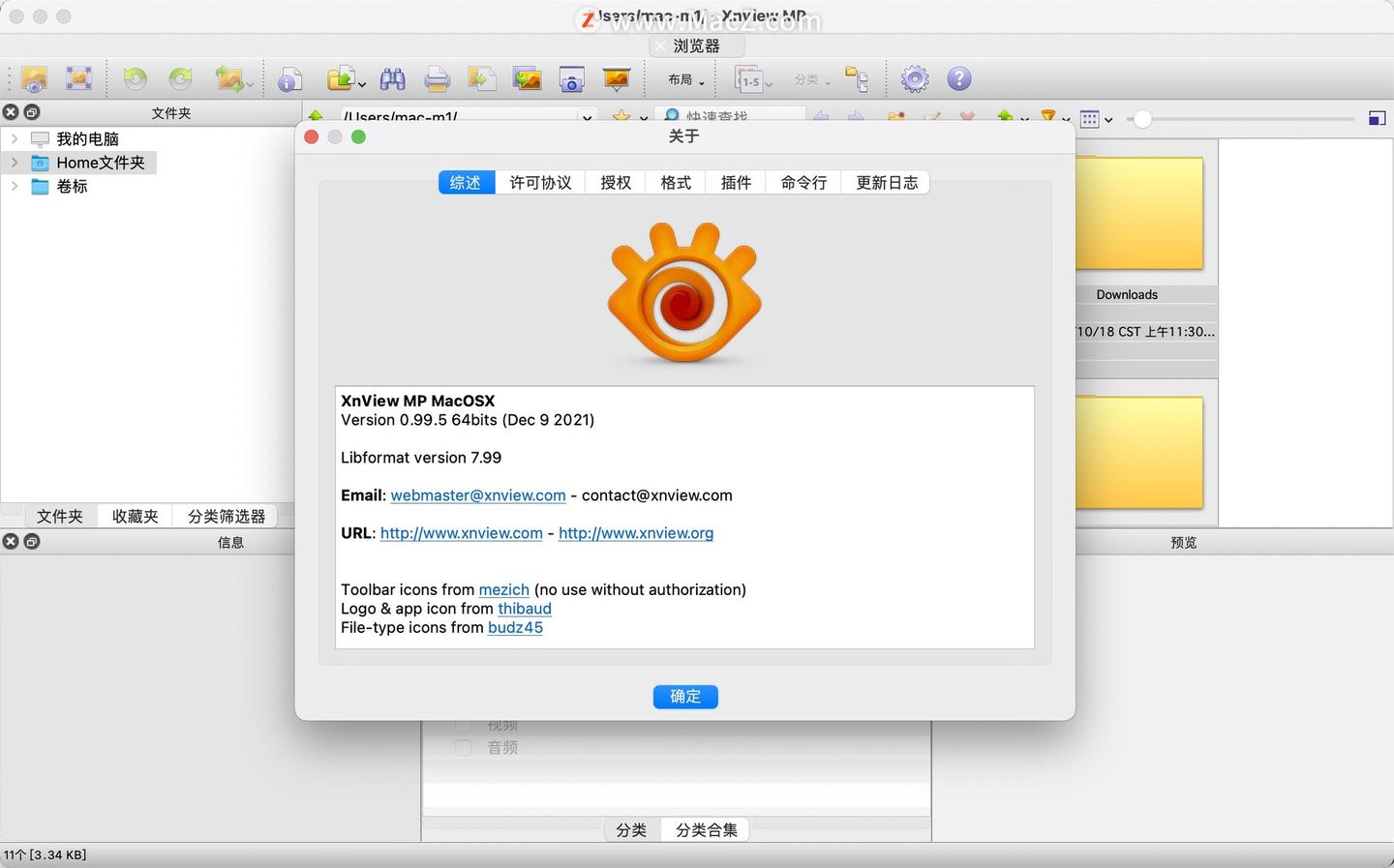

Still, evaluating the final showed the effectiveness of LENR. And the dust mote removal was quite incomplete, given the drift. Adjusting the black point of the flat separately for each channel to find the "optimum" slope of the flat (where the histogram waist was minimized) yielded very different results for each channel (RGB = in Photoshop). Scaling to 50% makes it disappear.Īs you already noticed, applying the flat yields different levels of vignette adjustment per channel. And it induces the same cross-hatch pattern in the light once applied. This makes the real-time histogram extremely inaccurate for evaluating realtime changes. The flat is grayscale and has what looks like a Bayer pattern at 100%. It would be interesting to see an actual ARW bias file to see how the pixel values compare with what's reported in the EXIF. In fact it entirely disappears with (light-1030)/(flat-1030) but that might be coincidental. If I calibrate using the formula (light-1024)/(flat-1024) then the amount of overcorrection reduces. So the median level in the PNG file ought to be 1024 and not 1016. The native values in a ARW file are in the range 0-16383 but the PNG files are in the range 0-32767 which appears to indicate that the raw values are multiplied by 2 when generating the PNG file. I have a couple of A6000 ARW files lying around and the EXIF header says the bias level should be 512. The median value in each channel of the PNG file is 1016 which is a strange number for a bias level. The red and blue channels are more overcorrected than the green using the formula (light-bias)/(flat-bias). Let me know if you have a problem downloading these. You can't scroll the raws you need to convert individual files.Ok. Then when you press the A key it opens the raw file rather than the jpg at 100%.ĭoes that slow it down when scrolling the raws? You can do a default conversion of raw files. It also does a different conversion than was done by the camera so don't be surprised if the resulting JPG looks different from the out of camera JPG even if you don't tell Batch Convert to make any changes. The Batch Convert tool does let you change the image size and even appearance so it is a useful tool for use with RAW images. As far as I can tell the only thing FastStone can actually do to a RAW file is to use the Batch Convert Tool to convert it into a JPG. I have tried various things, including reading the manual.

If you select a RAW file and edit it you are actually editing the embedded JPG. I would like to know how you are editing the RAW file in FastStone. Obviously it's a personal choice - who knows, I may even try a different workflow just 'cos it's a new year. My preference is for FS as a 'Swiss Army Knife' tool. As I use a rather old laptop the concept of colour managed display is way beyond my reach.
#XNVIEWMP GRAYSCALE FULL#
If I was using a different tool full time for image editing then I think it would be good for first view/culling etc. The basic drop/draw/rotate tools all work well. I like the additional exif display but find some parts of the file/user operations a but clumsy.
#XNVIEWMP GRAYSCALE PORTABLE#
tgz (that's zipped standalone portable version if you're a windows user) WRT XnViewMP, as a linux user I appreciate the cross-platform nature and either a package file or fully working. However as a linux user it does have the overhead of needing to run under Wine - which it does almost impeccably apart from a glitch in the thumbnail view which requires the installation of a venerable dll from 2001 - which itself limits one to using Wine 2.1 - nothing newer.įaststone has a number of user customisations for mouse and keyboard which I find very useful as they do speed up long view/culling sessions. The batch resize tool has been handy for customising my icon theme and you can even use FS as a poor man's Powerpoint with the draw tool and slideshow creator. I curate photos for our local U3A photo groups and find the multiple search and replace features in the file renaming tool a real bonus. You do need to adjust the RAW settings to get past working on the embedded jpeg - but TBH I have only used that very occasionally. I am a long time user of FastStone and find that for both RAW and JPEG editing it provides 99.9% of all my needs. How do Faststone and XnViewMP compare from a feature and performance standpoint? I often hear that XnViewMP would be a better match for my needs. Works well for me, except that while it is "color aware", it is not "color managed". I've been a long time Faststone user - mostly for quick viewing and image culling - less so for editing.


 0 kommentar(er)
0 kommentar(er)
